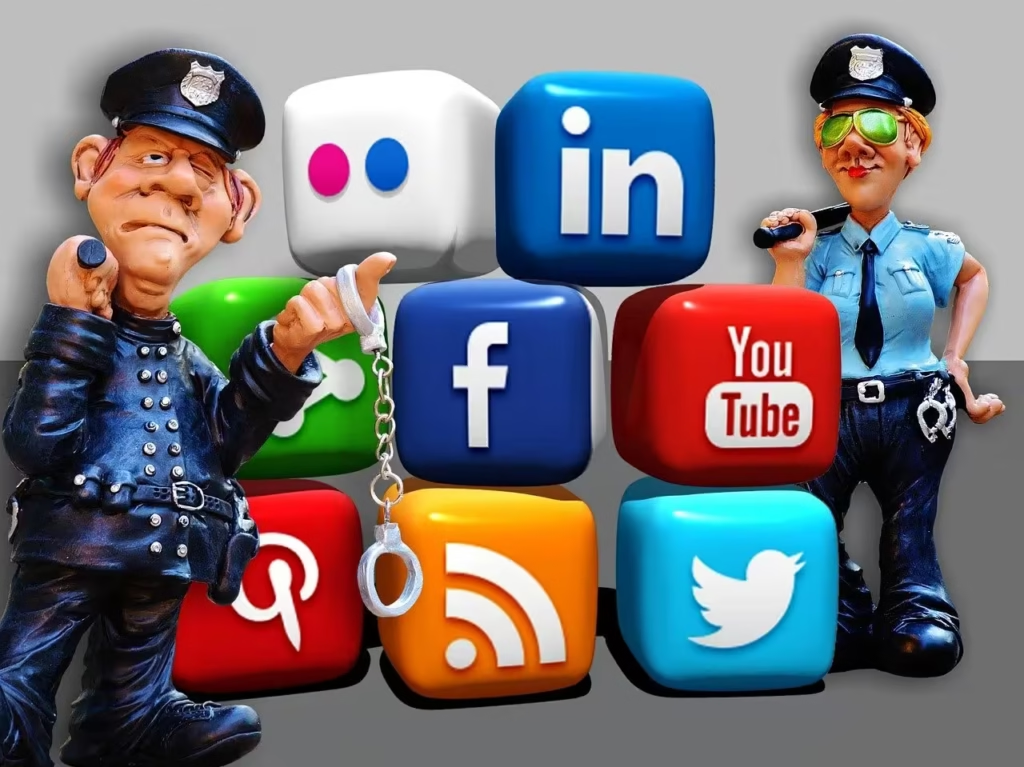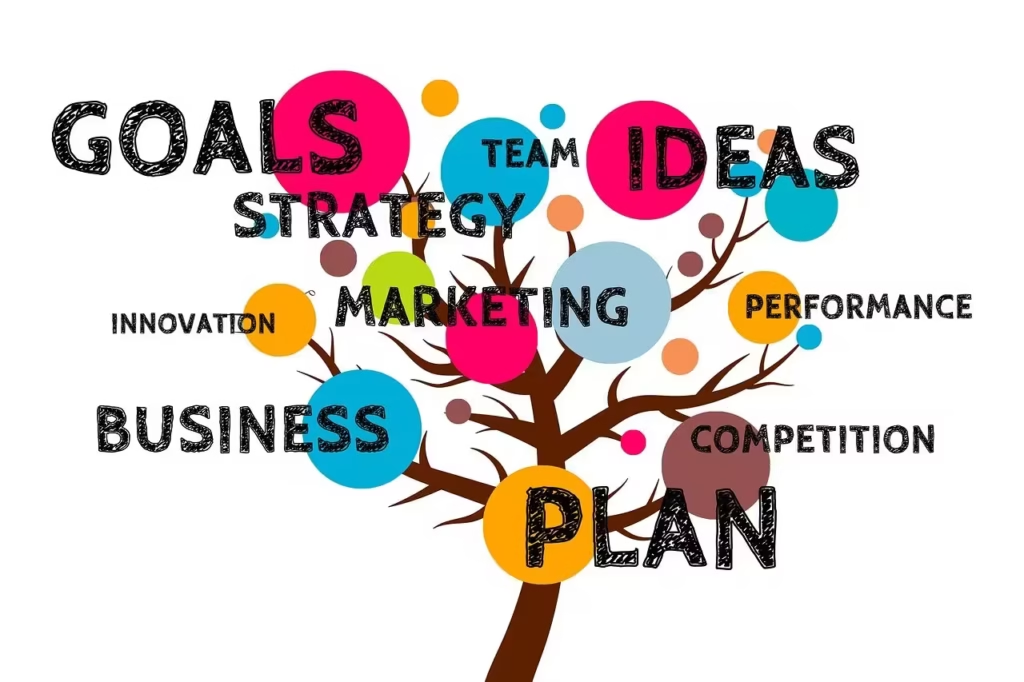In today’s digital-first world, social media has gone from being a place where people casually update each other to a highly public forum for community engagement and influence.
From raising awareness of pressing societal problems to broadcasting information and warnings during emergencies, PSAs are a potent tool across all social platforms like Instagram, Facebook, X, and TikTok.
But what does PSA mean on social media? Should individual members, nonprofits, and brands care about it? This guide covers PSAs, what they are, why they matter, where they work best, where they fail, and how to use them to build trust, credibility, and real-world impact.
Let’s dive in.
What is a PSA? and Why it’s More Important Now?
Remember those old public service spots on the radio or between TV shows? Those were traditional PSAs – short messages from governments or NGOs aimed at informing the public about things like health, safety, or civic initiatives.
The social media generation has changed the format, timelines, and reach of PSAs. Consider a quick reel about mental health, a carousel post about climate action, or a story warning against cyber-scams – these are all social media PSAs.
They meet the primary objective of media public service announcements: educating, raising awareness, mobilizing the public, and sometimes asking them to act.
So, What Does PSA Mean on Social Media?
If you spot a PSA on such platforms, Instagram or X or maybe even Facebook, think of it as a message or a video created for the protection or advancement of the public.
This could have come from a public institution, nonprofit, or healthcare provider party, or a brand attempting to put forth its voice for a greater cause. Unlike advertising, they aren’t selling something; the very premise is the message.
A good PSA should present some straightforward, fact-based information, often with a sense of urgency or emotional appeal: “Here’s why it matters and why we want you to do something immediately.”
Whether promoting safe practices in a health crisis or drawing attention to how important it is for digital behavior to be handled responsibly, the intention isn’t merely to inform – they want to create an action.
Why are PSAs on Social Media so Worth it?

1. Redeemed Reach & Speed
One well-made and surely powerful PSA has the potential to go viral within hours through shares and retweets. Be it from large metropolitan centers to faraway small towns; the reach is global and almost instantaneous. There was no such avenue for distribution back in the older TV/radio era.
2. Immediate Emergency Response
When a crisis hits – a natural disaster or a cybersecurity threat, social media PSAs are lifesavers. They help limit panic with verified info, guide people toward safety protocols, and can even spark resource mobilization or rescue coordination.
3. Builds Your Credibility and Trust
So whether you might be a nonprofit or a brand, producing PSAs that help people is a way to say, “We care about more than just our bottom line.” That type of goodwill and trust builds long-term loyalty from the audience.
4. Drivers of Real Engagement
Live polls, comment prompts, and share-based calls to action help PSAs turn awareness into participation. The ripple effect can be huge; from fundraising to volunteer drives, social media amplifies your message organically.
The Bright Side & Blind Spots of PSAs on Social Media
Let’s break down the pros and cons more professionally:
| The Bright Side | Blind Spots |
| Mass Reach & Velocity – Hit millions in moments. | Misinformation Risk – Errors spread just as quickly. |
| Swift Emergency Alerts – Fast, real-time communication. | Audience Burnout – Too many alerts lead to tuning out. |
| Boosts Brand Trust – Shows you’re socially responsible. | Impact Hard to Measure – Behavioural change is opaque. |
| Fosters Community Action – Drives likes, shares, sign-ups. | Tone Sensitivity Needed – One mistake can trigger backlash. |
| Cost-Efficient Awareness – Minimal budget, big reach. | Organic Reach Limits – Platforms might suppress your content. |
| Global Accessibility – Crosses borders and time zones. | Resource-Intensive – Research and visuals take effort. |
How to Nail PSAs as a Brand (Or Influencer)?
It’s not just about posting; it’s about doing it right. Follow this roadmap for standout results:
- Pick Topics That Matter to You and Your Audience
- Are you a mental wellness brand? Talk about self-care. A food company? Highlight nutrition or food safety. Align your message with something meaningful to both your mission and your followers.
- Point to Trustworthy Sources
- Quote WHO, CDC, and UNICEF – these aren’t optional. Credibility matters. Link to official pages and encourage your audience to learn more from professionals.
- Make It Visually Clear and Impactful
- Ditch jargon. Use visuals: infographics, carousels, or 30-second Reels.
- The goal: viewers get the message at a glance.
- Include a Simple, Standout Call to Action
- Whether it’s “Share this to help,” “Learn more,” or “Comment your story,” let your audience know what you want them to do next.
- Time It Smartly
- Align your posts with awareness days (like Mental Health Awareness Week) or trending moments. Post-timing increases your chance of cut-through.
- Add Real Voices & Stories
- People connect with people. Incorporate quotes, testimonials, or UGC (user-generated content) to bring authenticity.
- Custom Tailor by Platform
- LinkedIn? Go formal and data-driven. Instagram? Use bright visuals and short captions. TikTok? Make it fun, fast, and relatable.
Real-World Examples That Work
- Instagram Reel: Wellness brand shares “3 self-care tips in 30 seconds” during Mental Health Week – quick, emotional, useful.
- Facebook Carousel: NGO illustrates “5 easy steps to recycle your electronics” simply and actionably.
- X Thread: A cybersecurity firm warns of a phishing scam, step by step, with clear guidance.
- YouTube Short: A digital detox challenge encouraging viewers to disconnect for a weekend – fun, engaging, and shareable.
Does Your Brand Need PSAs? Absolutely If…

- You care about social impact and want to genuinely show it.
- Your topic is timely, urgent, or ethically significant.
- You’ve got the bandwidth to manage them responsibly.
- You’re okay with activism in your brand voice (within reason).
Conclusion on What does PSA Mean on Social Media?
Let’s be clear: a social media PSA isn’t an ad; it’s a message with a mission. It’s your brand or your voice helping people navigate a crisis, understand an issue, or take small but meaningful actions.
When done right, it’s not merely content; it’s transformation.
Understanding what does PSA means on social media is the first step. Next, it’s about crafting messages that motivate, mobilize, and make a difference.
Whether in peak feed-scrolling moments or moments of crisis, PSAs are potent tools in today’s storytelling toolkit.
Frequently Asked Questions Regarding What does PSA Mean on Social Media?
Below are the answers to the most asked queries on the internet regarding what does PSA mean on social media.
1. So, exactly what does PSA stand for on social media?
It means Public Service Announcement. On platforms like Instagram or X, it’s a quick, helpful post meant to inform or nudge people in a positive direction.
2. How is a PSA different from any other social media post?
Most posts entertain or sell. A PSA activates and asks people to do something, even if that’s just to think better or stay safe.
3. Isn’t PSA just old-school like those TV ads?
That was then. Now? PSAs are bite-sized, engaging, and tailored for how we consume content today: fast, mobile, and on the go.
4. Can brands use PSAs without sounding preachy?
Totally. Authenticity is key. If your message comes from genuine care instead of checkbox marketing, it’ll land well.
5. Are PSAs limited to LinkedIn or only serious platforms?
Not at all. On TikTok, they can be playful. On LinkedIn, they can be data-driven. PSAs work across platforms; just adjust tone and delivery.

